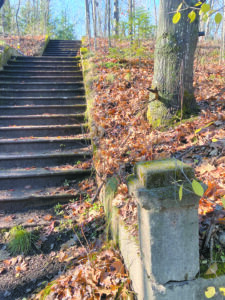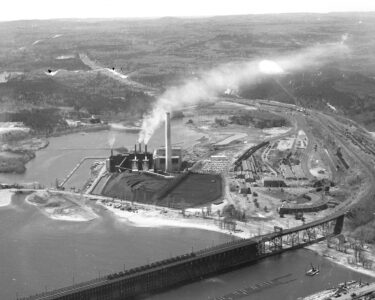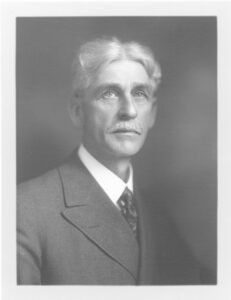Old Towne forest forensics
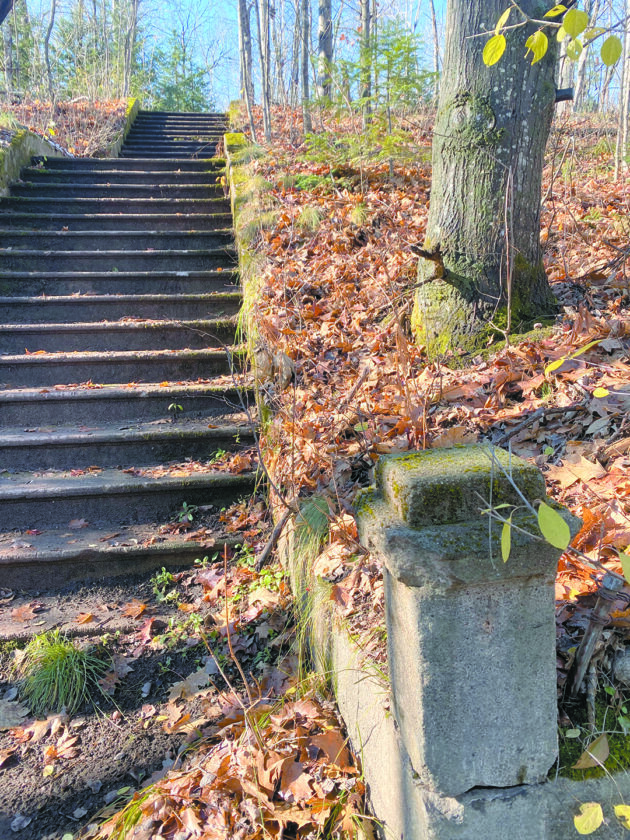
These are images from around Old Towne in Negaunee. (Photo courtesy of MSU Extension)
NEGAUNEE — Forest forensics is a term coined by Tom Wessels, a professor of terrestrial ecology at Antioch University New England, that describes the act of using clues on the landscape to intuit what past human activities may have occurred there. Through this lens, seemingly insignificant details paint a personal portrait of the land and its past. Our history is a moving, breathing thing that can be observed not just through physical artifacts or photos, but in the ways that nature shifts to make room for us.
Nature wastes no time trying to hide our footprints. In less than a decade, a clear-cut forest will be too dense to walk through. Without maintenance, wooden structures eventually topple, return to the soil and feed trees that replace the timber it was built with. Farm fields cleared for agriculture face the persistent encroachment of surrounding trees attempting to reclaim the soil. It is a humbling practice, acknowledging the fleeting nature of human ambition, and a trained eye can notice clues everywhere they go.
Human impact is visible to some extent in nearly every ecosystem on the planet and the resource-extraction history of the Upper Peninsula perhaps leaves a more intense footprint than others. However, this extractive nature means that the area is often vacated when the depleted resources can no longer sustain the community that grew around it.
Across the U.P., villages rose and fell in tandem with the boom-and-bust nature of resource extraction, leaving behind old log-hauling roads, cut-over forests, timber camps, mine pits and the foundations of living quarters scattered throughout the landscape. These fleeting communities, powered by the back-breaking work of immigrant laborers, have shaped the U.P.into what it is today.
Old Towne Negaunee, which rose alongside the first open-pit mining operation in the Lake Superior Region at Jackson Pit Mine, is unique in that it would have persisted as a living community if not for the safety risk posed by collapsing buildings due to underground mining at the Mather B Mine (1950-1979). To mitigate danger, structures were either demolished or moved elsewhere in Negaunee.
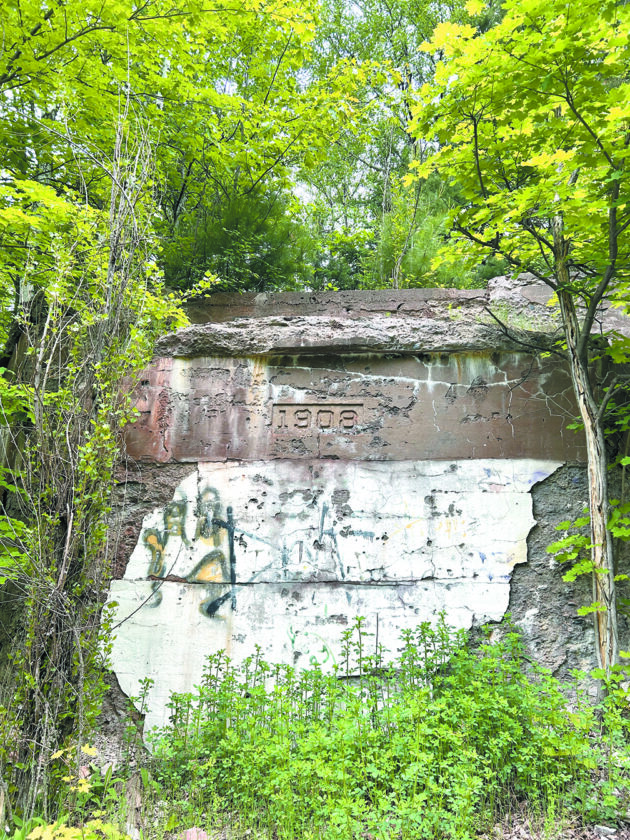
People still live in these relocated homes today. Thankfully, the remnants of Old Towne Negaunee have been preserved by being integrated with the Iron Ore Heritage Trail. Old foundations, sidewalks, street signs, train tracks, staircases and old mining pits are still visible to the pedestrians, runners, cyclists and disc golfers who use the historical site.
Join Michigan State University Extension and the Marquette Regional History Center for an in-depth exploration of Old Towne Negaunee’s footprint on the natural landscape. Due to high demand, we have added a third forest forensics walking tour at 1 p.m. Thursday, Oct. 2 Preregistration is required. The cost is $10 per ticket with a maximum 25 people per tour. For more info visit marquettehistory.org or call 906-226-3571.
Those interested in learning more about the practice of forest f
- These are images from around Old Towne in Negaunee. (Photo courtesy of MSU Extension)

